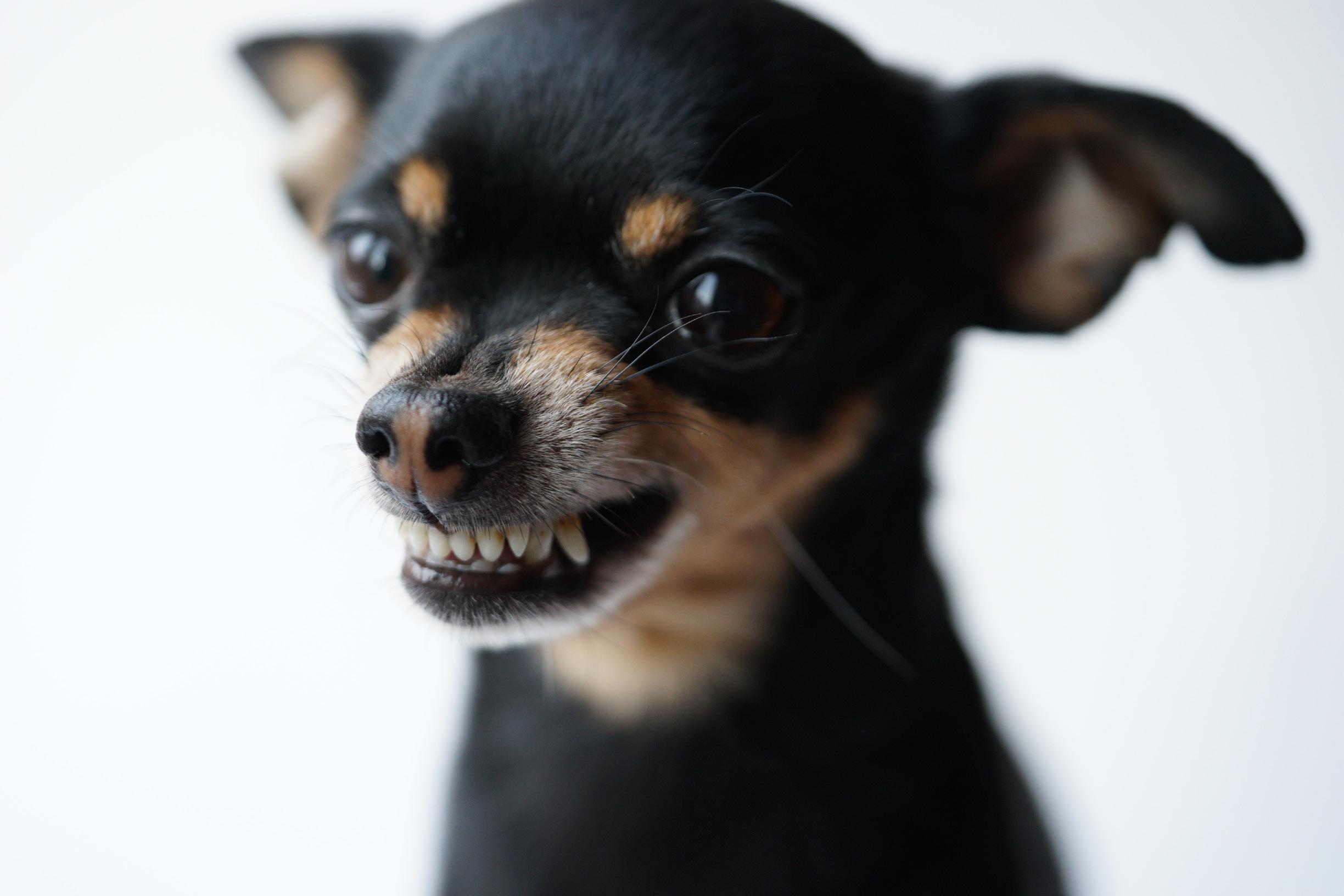
4 minute read
IT'S MINE
from DQ Magazine Issue 5A
by hqmagazine
RESOURCE GUARDING IN DOGS
Resource guarding is when dogs become defensive to keep others away from something they perceive as valuable. It is perfectly natural for dogs to want to protect their food, their toys or their bed. After all, these are valuable resources for a comfortable life! However, if dogs think their access to these resources is being threatened, they can become overprotective and even display dangerous behaviours.
Some contributing factors to resource guarding include:
• Issues with early socialization
• Deprivation of resources (at any stage of life)
• Breed and genetics
• Fear and anxiety
• Frustration

SIGNS OF RESOURCE GUARDING IN DOGS
Some common signs of resource guarding include:
• Eating very quickly
• Running away with a resource, like food
• Hovering around resources
• Stiffening or staring at a perceived threat to their resource (human or animal)
• Growling
• Lunging
• Snarling
• Snapping
• Biting
Many dogs who resource guard have a generally more fearful nature. This means that when a resource is threatened or may be threatened, they are more anxious to protect it than they need to be.
RESOURCE GUARDING BETWEEN DOGS
Resource-guarding behaviours are commonly directed at other dogs, particularly those living in the same household. Pets should never have to compete amongst themselves for resources, so ensure that you do everything possible to avoid situations where access to resources is limited, and ‘sharing’ would be required.
Some tips to prevent resource guarding in multi-dog households include:
• Carefully watch for signs of resource guarding in any of your dogs
• Make sure there are more than enough toys and sleeping spaces so each dog has a place where he can go.
• Always feed dogs separately to each other, and don’t leave food out
• Prevent access between pets while they are consuming or engaging with high-value items.
DOG TREATING YOU AS A RESOURCE
As you provide love, attention and food, you can become the resource that your dog is trying to guard. Watch out for these signs:
• Attempting to block other dogs or people from approaching you
• Showing signs of stress like lip licking, whale eye, panting, etc., when someone else or another dog approaches you
• Raised hackles, growling or snapping when someone else or another dog is near you

NOTE
If you suspect your dog is resource guarding, seek help from a professional, rewards-based trainer or behaviourist.
Top tips for handling this issue include:
• Work on building your dog’s confidence so that he is happy to be a little more independent and is less reliant on you.
• Spend quality time with each pet in the household.
• Don’t carry a dog around or constantly hold your dog, as this can cause greater separation anxiety and resource guarding.
Please note that when you are the resource your dog is protecting, you must be careful that the situation doesn’t escalate to aggression. You do not want to be in the middle of a fight!
NOTE
Other family members including children may make your dog anxious if he sees you as a resource. Be very careful not to leave small children alone with dogs and keep an eye out for any signs of aggression that your dog shows to others in the home.
PREVENTING RESOURCE GUARDING IN ALL ITS GUISES
The best protection against resource guarding is to set up a comfortable, safe and happy environment for your dogs.
Here are some top tips for stopping and managing resource guarding:
• Make sure your dog has plenty of space, time, privacy to eat and somewhere of his own to sleep and rest. If you optimize the environment, resource guarding is less likely to present.
• Watch your dog’s body language so that you can spot signs of trouble early on.
• Keep a distance from your dog when he’s engaged in playing with toys, consuming food or sleeping.
• Don’t confront your dog to try and remove the item he is guarding, and certainly don’t remove it from his mouth. This is very likely to precipitate aggression!
Ultimately, it all relies on creating a secure and comforting environment for your dog, so everyone stays safe and happy. If you do this, issues with resource guarding should reduce. However, this is a complex behavioural issue, so contact a trainer or behaviourist if the problem isn't going away or your dog is aggressive.











